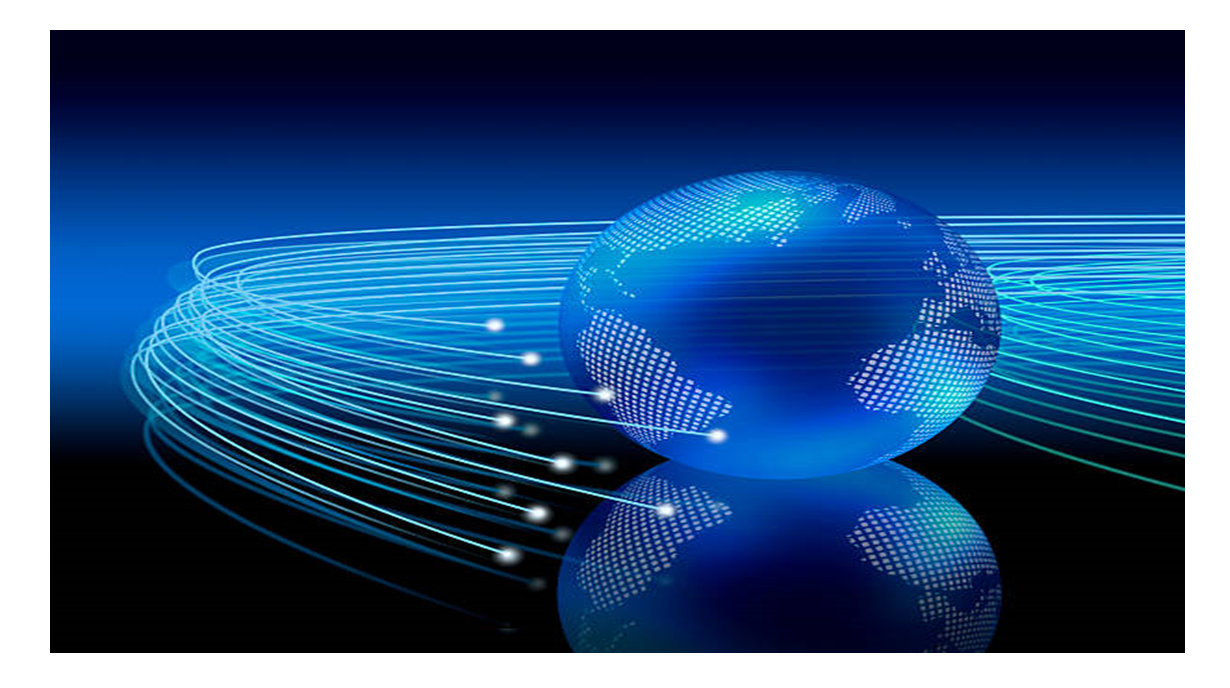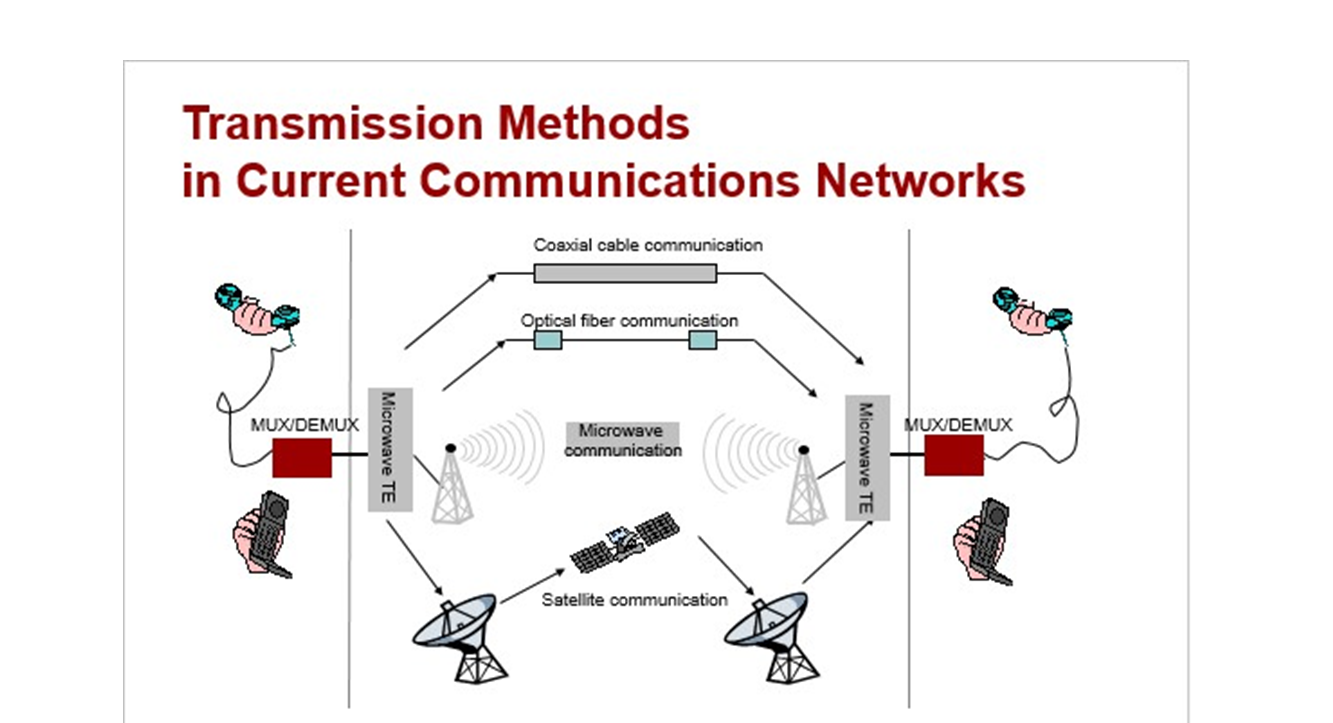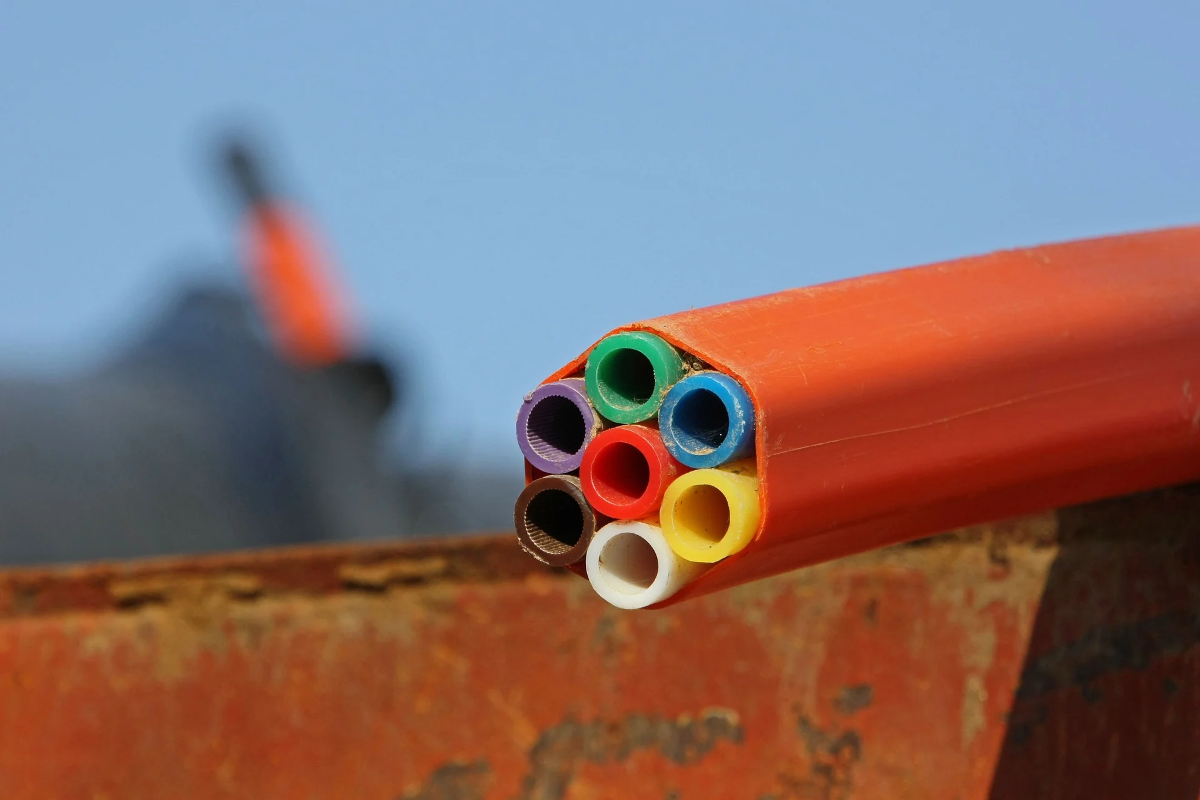
Introduction
As technology continues to advance at a swift pace, new inventions and innovations are revolutionizing various industries.
One such ground-breaking technologies is fiber optic technology, which has proven to be a game-changer in many sectors replacing the traditional copper cables by providing enabling faster and more reliable data transmission.

With its incredible speed, stability, and reliability, fiber optic technology offers a wide range of industrial applications that are transforming the way businesses operate.
In this article, we will take a deep dive into the industrial implementations of fiber optic technology, exploring its features, advantages, and key takeaways.
Transmission Media
Transmission media are the highways and channels that provide a route for telecommunications devices. There is a general tendency to say that one transmission medium is better than another. In fact, each transmission medium has its place in the design of any communication system.
Each has characteristics which will make it the ideal medium to use based on a particular set of conditions. It is important to recognize the advantages of each and develop a system accordingly.

Factors to consider when choosing transmission media include:
Cost, ease of installation and maintenance, availability, and most important, efficiency of transmission.
Transmission efficiency is generally viewed as the amount of signal degradation created by the use of a particular transmission medium.
The transmission medium presents a “barrier” to the communication signal.
The “barrier” can be measured by many different factors. However, one common question is asked about all communication media.
How far will the communication signal energy travel before it becomes too weak (or distorted) to be considered usable?
There is equipment available to extend the distance for transmitting a signal, but that adds to the overall cost and complexity of deployment.
The best media are the ones that will support as many of the system requirements as possible and help to assure satisfaction with overall performance.
There are two categories of transmission media, namely guided and unguided. Guided transmission media are cables like twisted pair cables, coaxial cables, and fiber optic cables. Unguided transmission media are wireless, such as infrared, radio waves, and microwaves
Copper Media
The electrical properties of copper wire create resistance and interference. The further communication signals travel the more they are weakened by the electrical properties related with the copper cable. Electrical, resistance within the copper medium slows down the signal or flow of current. The electrical properties of copper wire are the key factors that limit communication transmission speed, and distance.
Fiber Optic Cable
Fiber optic (or “optical fiber”) refers to the medium and the technology associated with the transmission of information as light impulses along a strand of glass.
A fiber optic strand carries much more information than conventional copper wire and is far less subject to electromagnetic interference (EMI). Almost all telephone long-distance (cross country) lines are now fiber optic.
Microwave
Microwave is a fixed point-to-point service that provides connectivity between major communication nodes.
Telephone and long distance companies use the service to provide backup for their cabled (wireline) infrastructure and to reach remote locations.
Public Safety agencies use microwave to connect 2-way radio transmitter sites to a central location. Businesses also use these systems for the same purposes.
Satellite
Satellite communications are radio-based systems, where information is transmitted from one point on the earth to another point on the earth, via moving equipment located 22,300 miles above the equator, the geostationary orbit.
At this distance, the satellite rotates at the same speed with the rotation of the earth.
Consequently, it appears to earth stations that the satellite is stationary, thus making communications more reliable and predictable
How fiber Optic works
Fiber optic cables are made up of thin strands of glass or plastic that transmit data using light pulses. Light travels about 31% slower in a fiber-optic cable (compared with the speed of light in a vacuum 299,792,458 m/s), which means your data travels at 206,856,796 m/s.
These cables can transmit data over long distances at incredibly high speeds (Fiber optic cables can transmit data at speeds up to 100 gigabits per second, far surpassing the capabilities of traditional copper cables) without any loss of quality. This technology is not only fast but also immune to electromagnetic interference.
Benefits of Fiber Optic
Fiber optic technology have some key advantages which includes:
High-speed data transmission, High Bandwidth Capacity, Long Transmission Distances, Improved Security, and Resistance to Harsh Environmental Conditions making it more reliable than traditional copper cables.
Industrial Applications of Fiber Optic Technology
Fiber optic technology has revolutionized the way we communicate, transmit data, and power industries across the globe. Its ability to transmit vast amounts of information at lightning-fast speeds has made it the go-to solution for businesses in various sectors.
Fiber optic technology are widely used in various industries, modernizing their operations and enabling advanced applications including telecommunications, healthcare, finance, and manufacturing, where real-time data extraction is essential for operational efficiency and competitive advantage.
1. Telecommunications and Networking
In the telecommunications sector, fiber optic cables serve as the backbone of high-speed internet connections, enabling seamless voice, video and data transfer for web browsing, streaming, and online communication.
The increased bandwidth provided by fiber optics is essential to handle the ever-growing demand for data in our increasingly connected world.
Key applications include:
- High-speed internet connections
- Fiber-to-the-home or Premises (FTTH and FTTP) networks
- Long-distance telecommunications
- Mobile network backbones
- Optical network infrastructure
2. Data Centers
Fiber optic technology has transformed the way data centers operate by providing high-speed and low-latency connectivity. Key applications include:
Interconnecting servers and storage systems
Ensuring quick data access and retrieval
Real-Time Analytics
Real-time analytics allows organizations to monitor, process, and analyze data as it is generated, allowing them to make critical decisions quickly.
Fiber optic cables’ low latency and high data transfer rates make real-time analytics a reality. With fiber optic cables, businesses can examine streaming data, identify patterns, and react to events as they occur.
Big Data Analytics
Big data analytics involves processing and analyzing large volumes of data to uncover hidden patterns and extract valuable insights. Fiber optic cables’ lightning-fast speed and high bandwidth scalability significantly reduce the time required for big data analytics projects. Organizations can process vast amounts of data more efficiently, leading to improved decision-making and operational efficiency.
- Supporting virtualization and cloud computing
Cloud-Based Analytics:
Cloud computing has transformed the way businesses store, process, and analyze data. Fiber optic cables play a crucial role in enabling fast and reliable communication between on-premises data centers and cloud service providers. This seamless connectivity ensures smooth data migration to the cloud and facilitates real-time cloud-based analytics.
- Enabling high-performance computing
- Facilitating disaster recovery solutions
3. Industrial Automation and Robotics
- Fiber optic technology plays a dynamic role in industrial automation and robotics. Optical fibers are used for transmitting control signals and sensor data in real-time, allowing precise control and monitoring of automated systems. This enables industries to optimize their manufacturing processes, improve efficiency, and ensure worker safety. Fiber optics also contribute to the development of advanced robotic systems used in industries like manufacturing, healthcare, and aerospace. Various applications, include:
- Industrial Ethernet networks
- Real-time monitoring and control systems
- Machine vision and robotics
- Sensor networks
- Distributed control systems
4. Oil and Gas
Fiber optic technology has brought noteworthy developments to the oil and gas industry, improving efficiency and safety in remote and harsh environments. Key applications include:
i. Remote monitoring and control of oil rigs and pipelines
ii. Seismic data acquisition
iii. Subsea communication systems
- Smart well applications: Smart Wells is an innovative technology applied to improve production efficiency, which allows production from two pay intervals at the same time. This technology requires the installation of downhole automatic equipment to continuously gather and transmit information to the surface on production or fluid injection profiles. It allows measuring flows from each producing formation in real time and regulating water injection rates in injection wells.
- Enhanced safety and asset integrity
5. Healthcare
The healthcare industry benefits from fiber optic technology in various aspects such as medical imaging, telemedicine, and patient data management. It enhances the transmission of large medical files, such as Magnetic Resonance Imaging (MRI) scans and X-ray images, between healthcare facilities.
With fiber optics, medical professionals can quickly access patient records and collaborate with colleagues remotely, leading to faster diagnoses and improved patient care.
Key applications include:
- Faster transmission of medical images (MRI, CT scans, etc.)
- Real-time telemedical consultations
- Secure and reliable storage of patient records
- High-bandwidth connections between hospitals and clinics
- Remote patient monitoring
6. Finance
Financial institutions heavily rely on fast and secure data analysis for real-time trading, risk assessment, and fraud detection.
Fiber optic cables enable traders to execute transactions within microseconds, providing them with a competitive edge. Additionally, the low latency and high bandwidth of fiber optics enhance the security and reliability of financial networks.
7. Research and Education
In the field of research and education, fiber optic cables enable fast and seamless data sharing among scientists, educators, and students.
High-speed data transfer is crucial for collaborative research, distance learning programs, and accessing online educational resources.
8. Transportation
Fiber optic sensors are being used in railway systems to monitor the health of the tracks and detect any potential issues before they become a problem.
This technology has helped to improve the safety and reliability of railway systems around the world. Another example of the use of optical fiber in transportation is the implementation of intelligent transportation systems (ITS).
ITS uses advanced technologies such as sensors, cameras, and optical fiber communication networks to improve transportation safety, efficiency, and sustainability.
Aerospace and Defense – Acting as a helping hand for the defense troops.
Optical fiber provides a secure communication infrastructure that is resistant to electromagnetic interference and jamming. Fiber optic technology is increasingly being used in aircraft for transmitting data between various systems, including flight controls, navigation, and communication systems.
Optical fiber cables provide reliable and secure communication between the Unmanned Armed Vehicles (UAVs) and ground control stations, allowing for real-time monitoring and control of UAV operations.
Apart from that, optical fiber technology is also used in naval vessels for shipboard communication networks, providing reliable and secure connectivity between various systems and sensors on the ship. This allows for enhanced situational awareness and improved operational efficiency.
9. Smart Cities
Another major industrial use case of optical fibers is smart cities.
Smart cities are cities that use digital technology to improve the quality of life of their citizens, enhance sustainability, and improve the efficiency of urban services.
Optical fiber technology allows for the delivery of high-speed broadband connectivity, which is essential for enabling smart city applications and services. It enables the deployment of smart city applications such as smart traffic management systems, which use real-time data analytics and sensors to optimize traffic flow and reduce congestion.
Smart street lighting systems that use sensors to detect pedestrian/vehicular traffic and adjust lighting levels accordingly also rely on optical fiber connectivity for real-time data transmission.
In addition, optical fiber technology enables the deployment of smart public safety systems, such as video surveillance cameras and emergency response systems, which rely on high-speed and low-latency connectivity for real time data transmission.
Inference
Fiber optic technology has revolutionized multiple industries, offering high-speed data transmission, greater bandwidth, security and superior reliability. Its applications span from telecommunications and data centers to industrial automation, oil and gas, healthcare, Finance, Transportation and research and education.
With the implementation of fiber optic technology, businesses can enhance their efficiency, security, and productivity while remaining at the forefront of technological advancement.
In an increasingly interconnected world, leveraging fiber optic technology is essential for industries looking to thrive in the digital age.
In addition, the ongoing development and adoption of fiber optic will lead to further innovations, enabling the growth of new industries and the enhancement of existing ones.






